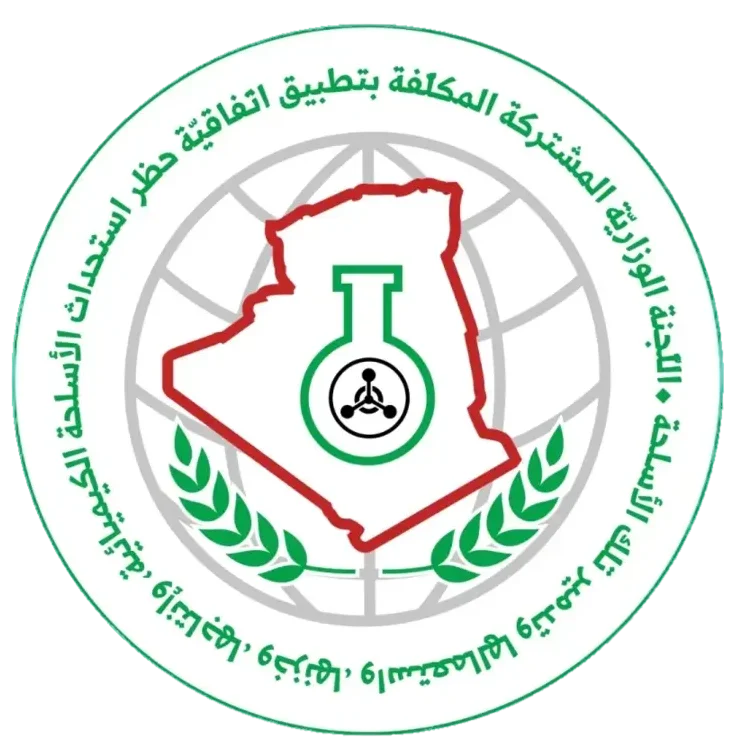For the purposes of this Convention:
- “Chemical Weapons” means the following, together or separately:
- Toxic chemicals and their precursors, except where intended for purposes not prohibited under this Convention, as long as the types and quantities are consistent with such purposes;
- Munitions and devices, specifically designed to cause death or other harm through the toxic properties of those toxic chemicals specified in subparagraph (a), which would be released as a result of the employment of such munitions and devices;
- Any equipment specifically designed for use directly in connection with the employment of munitions and devices specified in subparagraph (b).
- “Toxic Chemical” means:Any chemical which through its chemical action on life processes can cause death, temporary incapacitation or permanent harm to humans or animals. This includes all such chemicals, regardless of their origin or of their method of production, and regardless of whether they are produced in facilities, in munitions or elsewhere. (For the purpose of implementing this Convention, toxic chemicals which have been identified for the application of verification measures are listed in Schedules contained in the Annex on Chemicals.)
- “Precursor” means:Any chemical reactant which takes part at any stage in the production by whatever method of a toxic chemical. This includes any key component of a binary or multicomponent chemical system. (For the purpose of implementing this Convention, precursors which have been identified for the application of verification measures are listed in Schedules contained in the Annex on Chemicals.)
- “Key Component of Binary or Multicomponent Chemical Systems” (hereinafter referred to as “key component”) means:The precursor which plays the most important role in determining the toxic properties of the final product and reacts rapidly with other chemicals in the binary or multicomponent system.
- “Old Chemical Weapons” means:
- Chemical weapons which were produced before 1925; or
- Chemical weapons produced in the period between 1925 and 1946 that have deteriorated to such extent that they can no longer be used as chemical weapons.
- “Abandoned Chemical Weapons” means:Chemical weapons, including old chemical weapons, abandoned by a State after 1 January 1925 on the territory of another State without the consent of the latter.
- “Riot Control Agent” means:Any chemical not listed in a Schedule, which can produce rapidly in humans sensory irritation or disabling physical effects which disappear within a short time following termination of exposure.
- “Chemical Weapons Production Facility”:
- Means any equipment, as well as any building housing such equipment, that was designed, constructed or used at any time since 1 January 1946:
- As part of the stage in the production of chemicals (“final technological stage”) where the material flows would contain, when the equipment is in operation:
- Any chemical listed in Schedule 1 in the Annex on Chemicals; or
- Any other chemical that has no use, above 1 tonne per year on the territory of a State Party or in any other place under the jurisdiction or control of a State Party, for purposes not prohibited under this Convention, but can be used for chemical weapons purposes;
- For filling chemical weapons, including, inter alia, the filling of chemicals listed in Schedule 1 into munitions, devices or bulk storage containers; the filling of chemicals into containers that form part of assembled binary munitions and devices or into chemical submunitions that form part of assembled unitary munitions and devices, and the loading of the containers and chemical submunitions into the respective munitions and devices;
- As part of the stage in the production of chemicals (“final technological stage”) where the material flows would contain, when the equipment is in operation:
- Does not mean:
- Any facility having a production capacity for synthesis of chemicals specified in subparagraph (a) (i) that is less than 1 tonne;
- Any facility in which a chemical specified in subparagraph (a) (i) is or was produced as an unavoidable by-product of activities for purposes not prohibited under this Convention, provided that the chemical does not exceed 3 per cent of the total product and that the facility is subject to declaration and inspection under the Annex on Implementation and Verification (hereinafter referred to as “Verification Annex”); or
- The single small-scale facility for production of chemicals listed in Schedule 1 for purposes not prohibited under this Convention as referred to in Part VI of the Verification Annex.
- Means any equipment, as well as any building housing such equipment, that was designed, constructed or used at any time since 1 January 1946:
- “Purposes Not Prohibited Under this Convention” means:
- Industrial, agricultural, research, medical, pharmaceutical or other peaceful purposes;
- Protective purposes, namely those purposes directly related to protection against toxic chemicals and to protection against chemical weapons;
- Military purposes not connected with the use of chemical weapons and not dependent on the use of the toxic properties of chemicals as a method of warfare;
- Law enforcement including domestic riot control purposes.
- “Production Capacity” means:The annual quantitative potential for manufacturing a specific chemical based on the technological process actually used or, if the process is not yet operational, planned to be used at the relevant facility. It shall be deemed to be equal to the nameplate capacity or, if the nameplate capacity is not available, to the design capacity. The nameplate capacity is the product output under conditions optimized for maximum quantity for the production facility, as demonstrated by one or more test-runs. The design capacity is the corresponding theoretically calculated product output.
- “Organization” means the Organization for the Prohibition of Chemical Weapons established pursuant to Article VIII of this Convention.
- For the purposes of Article VI:
- “Production” of a chemical means its formation through chemical reaction;
- “Processing” of a chemical means a physical process, such as formulation, extraction and purification, in which a chemical is not converted into another chemical;
- “Consumption” of a chemical means its conversion into another chemical via a chemical reaction.
